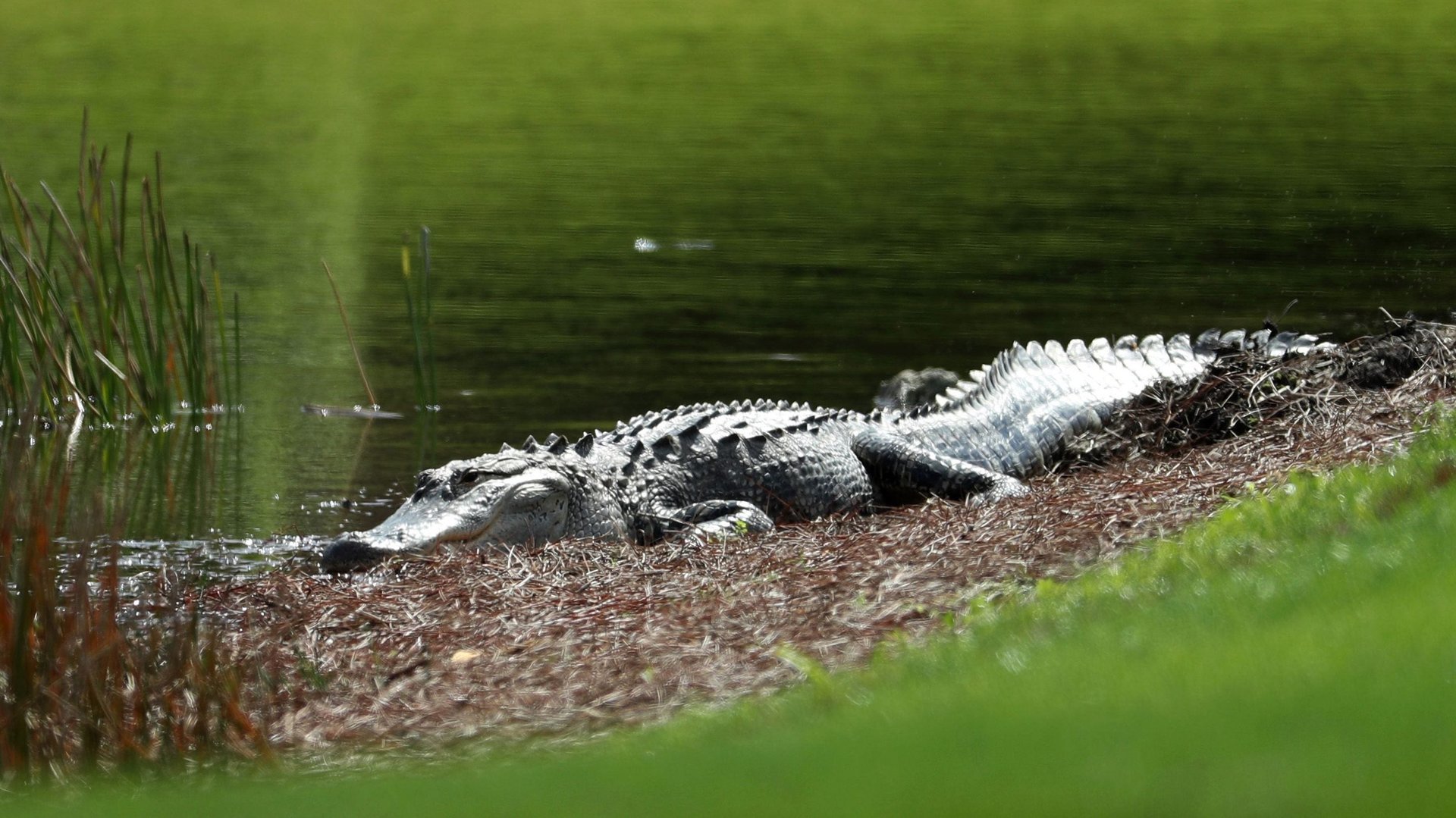Alligators keep turning up in unexpected places—and it’s not necessarily a bad thing
Alligators live in fresh water. They can handle a few hours of saltwater, maybe a day at most, but fresh is their natural home. It’s textbook biology—yet people keep finding alligators where they’re not supposed to be. In the Florida Keys, for example, they’re regularly observed in mangrove creeks and saltwater canals. Are these creatures strays who’ve lost their way or been driven into marginal habitat by human pressures?


Alligators live in fresh water. They can handle a few hours of saltwater, maybe a day at most, but fresh is their natural home. It’s textbook biology—yet people keep finding alligators where they’re not supposed to be. In the Florida Keys, for example, they’re regularly observed in mangrove creeks and saltwater canals. Are these creatures strays who’ve lost their way or been driven into marginal habitat by human pressures?
Not necessarily. Instead they might represent an unexpected and possibly wonderful development: large predators rebounding from past persecution and recolonizing their ancestral habitats. So ancestral, in fact, that people don’t even realize they once lived there.
“Recognizing that many large consumers naturally live and thrive across a greater diversity of ecosystems has implications for setting historical baselines,” write ecologists led by Brian Silliman of Duke University. Put another way: the world was once richer than we realized, and it’s becoming so again.
In a study published in Current Biology, Silliman and colleagues reviewed recent scientific records of large-bodied predators observed in “novel” habitat. (A note about that term: in this study, it refers not to so-called novel ecosystems, which contain species mixes for which there’s no historical precedent, but instead conventional habitats which were not considered suitable for these animals. The new mash-ups are called non-analogue communities.)
There were many such examples: harbor seals living in salt marshes, black bears in intertidal zones, mountain lions in grasslands, orangutans in disturbed forest, and so on. Twenty-three species altogether, for which Silliman and colleagues explored two—the aforementioned alligators, plus sea otters in inland estuaries rather than outer coastlines—in depth, collecting fossil and other records that suggest their unexpected presence is not an anomaly.
It’s their absence that was anomalous. And though the well-being of these animals needs to be studied on a case-by-case basis to ensure they’re not falling into “ecological traps” that look promising but can’t support healthy populations, many appear to be thriving. “For alligators, river otters, sea otters, seals and white sharks,” Silliman says, “these animals are doing just as good or better” in their new-yet-ancient homes.
There are several immediate implications, says Silliman’s team. When people draw upon historical baselines to guide conservation, they might need to update their baselines to include large predators who could return. These animals will need protection, which also means that people will need to learn how to co-exist with them. And in exchange, write the researchers, “the positive effects these large animals generate,” like reducing infectious diseases and stabilizing ecosystems, may be available in places they’re not now considered.
There are also implications for which there are no baselines. Much of Earth’s surface now consists of non-analogue communities: unprecedented mixes of historically native and human-transplanted plant and animal species. Often these communities are considered simplified and impoverished. The presence of large predators might enrich them, though, and the ability of these predators to recolonize habitats in which people thought they couldn’t survive bodes well for their adaptability. “Many of these large animals are likely to live and thrive in these non-analogous communities,” says Silliman, “if given the chance.”
Source: Silliman et al. “Are the ghosts of nature’s past haunting ecology today?” Current Biology, 2018.
This piece was originally published on Anthropocene Magazine, a publication of Future Earth dedicated to creating a Human Age we actually want to live in.